
In October 1962, the world held a collective breath as the US and the Soviet Union teetered on the brink of nuclear war. The Cuban Missile Crisis, as it became known, lasted less than a fortnight, but it was the closest the two great superpowers came to direct confrontation.
The tensions that had led to the crisis had been building for some time. Cuba, which is just 90 miles from the coast of Florida, had previously been a close ally of the US, with the Americans having a large business presence on the island. On 1 January 1959, however, the relationship was thrown into turmoil when the Cuban dictator, Fulgencio Batista, was toppled in a revolution. Whereas the US had backed Batista due to his staunch opposition to communism, the country's new leader, Fidel Castro, wanted to eradicate the US presence on the island altogether, seeking to create a government that would serve the nation's poor.
Castro set about implementing socialist reforms, nationalising many US-owned businesses and gaining the support of the Soviet Union in the process. This only seemed to confirm US fears that its neighbour had ambitions of becoming a fully-fledged communist state - at a time when the US foreign policy was focused on stopping communism from spreading. By January 1960, President Dwight D Eisenhower had severed all diplomatic ties with Castro, and the US government set about finding a way to get rid of him.
A FAILED INTERVENTION
In April 1961, after months of planning, Eisenhower's successor John F Kennedy sanctioned a covert invasion of Cuba in a bid to overthrow Castro. Rather than using their own forces, the Americans would sponsor an army of 1,500 Cuban exiles to land on an area of coastline known as the Bay of Pigs and provoke an anti-communist uprising. Comprising members of political groups bitterly opposed to the Castro regime, the CIA-trained troops would be assisted by air strikes on Cuban military targets.
この記事は History Revealed の August 2022 版に掲載されています。
7 日間の Magzter GOLD 無料トライアルを開始して、何千もの厳選されたプレミアム ストーリー、9,000 以上の雑誌や新聞にアクセスしてください。
すでに購読者です ? サインイン
この記事は History Revealed の August 2022 版に掲載されています。
7 日間の Magzter GOLD 無料トライアルを開始して、何千もの厳選されたプレミアム ストーリー、9,000 以上の雑誌や新聞にアクセスしてください。
すでに購読者です? サインイン
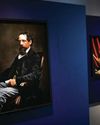
'Dickens's evocation of the fears, excitement and confusion of childhood is peerless'
DR LEE JACKSON ON WHY CHARLES DICKENS REMAINS RELEVANT TODAY
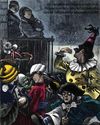
THE AUTHOR GOES ABROAD
Dickens expanded his horizons and boosted his fan-base by venturing overseas - but global fame came with a cost
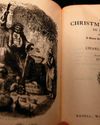
REVIVING THE FESTIVE SPIRIT
A Christmas Carol wasn't just a bestseller - it changed the way that Britons chose to mark the festive season

GIVING THE POOR A VOICE
From Hard Times to Oliver Twist, Charles Dickens used his pen to help illuminate the lives of the less fortunate
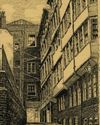
A JOURNEY THROUGH DICKENS'S LONDON
The works of Charles Dickens are synonymous with visions of Victorian London. We talk to Dr Lee Jackson about the author's love of the capital, and the locations that most inspired him
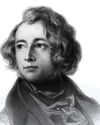
EXCEEDING EXPECTATIONS
Dr Lee Jackson chronicles Charles Dickens's journey from down-at-luck teenager to titan of Victorian literature
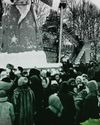
GIFTS, TREES & FEASTING
We take a journey through the photo archives to reveal how Christmas and its many traditions have been celebrated over the years - and around the world
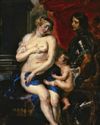
WHAT GREAT PAINTINGS SAY
We explore the story behind an allegorical painting that celebrates the triumph of love over hate, peace over war
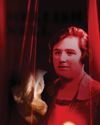
HELLISH NELL
Malcolm Gaskill delves into the life of Helen Duncan - the fraudulent Scottish medium whose ectoplasm-filled seances saw her ending up on the wrong side of the law
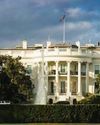
7 THINGS YOU (PROBABLY) DIDN'T KNOW ABOUT THE WHITE HOUSE
Presidential historian Dr Lindsay M Chervinsky reveals some of the most surprising facts about the world-famous US residence